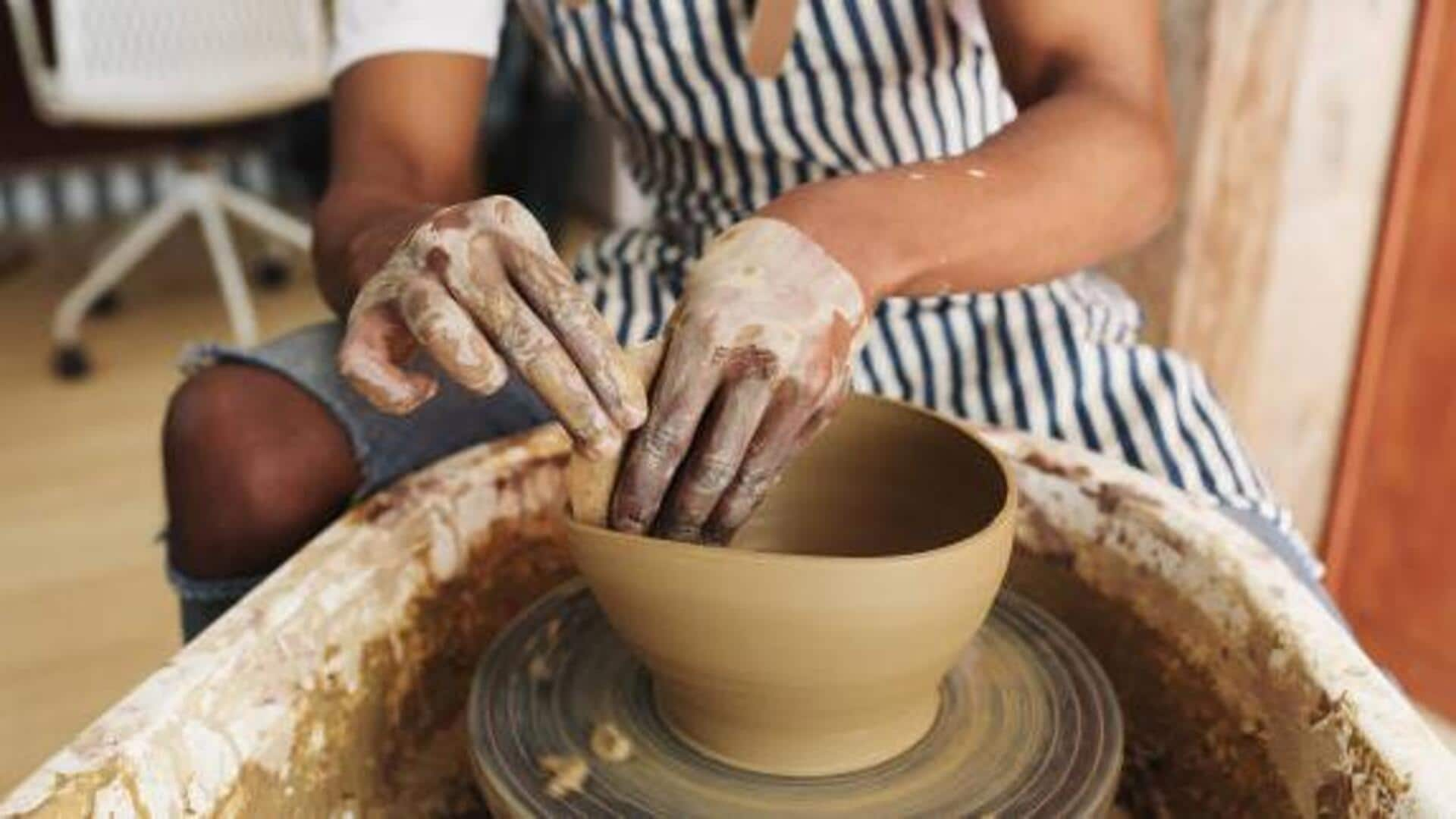
African pottery: Cultural significance and craftsmanship
What's the story
African pottery is a colorful canvas of cultural heritage, with varied techniques and timeless designs. Practiced for centuries, this art form reflects the traditions and lifestyles of different African communities. From utilitarian objects to intricate decorative pieces, African pottery provides a peek into the continent's history and creativity. The unique ways in which these pieces are crafted highlight the skill and artistry passed down through generations.
Hand-building
Traditional hand-building techniques
Hand-building is an essential technique in African pottery, where clay is shaped without a potter's wheel. The artisans use their hands to mold the clay into desired shapes, often using the coiling or pinching methods. This technique provides greater control over the shape and texture of every single piece. Although the process is labor-intensive, it yields unique items with cultural significance.
Firing methods
Firing methods across regions
Firing is the key to converting raw clay into sturdy pottery. Across Africa, regions use different firing techniques depending on resources available. Some communities opt for open fires, using wood or grass as fuel, while others make kilns with local materials such as mud bricks. These techniques affect the final look of the pottery, adding to its individuality.
Cultural designs
Cultural significance of pottery designs
Pottery designs often carry cultural meanings for every community. Patterns may symbolize things like fertility, protection, or social status. Artisans use motifs inspired by nature or daily life in their work, making them pieces that are both functional and symbolic. Knowing about the designs gives an insight into the values and beliefs of different cultures.
Modern adaptations
Modern adaptations in pottery crafting
While traditional techniques continue to dominate, some artisans have adopted modern adaptations to cater to contemporary needs. Innovations such as using electric kilns for more consistent firing results or incorporating new materials like glazes for enhanced aesthetics, have been made. These changes enable potters to broaden their creative horizons while retaining key aspects of their craft.